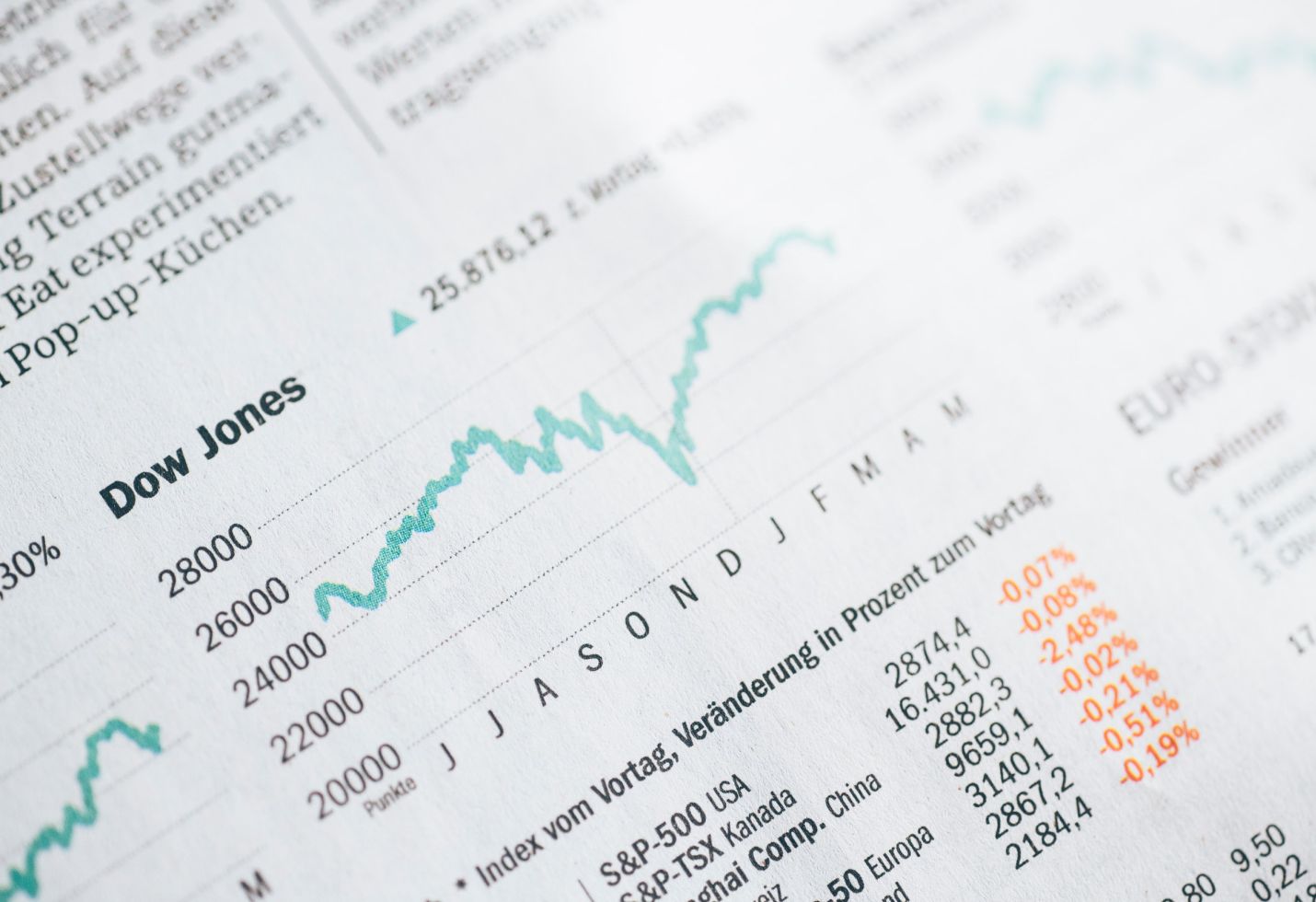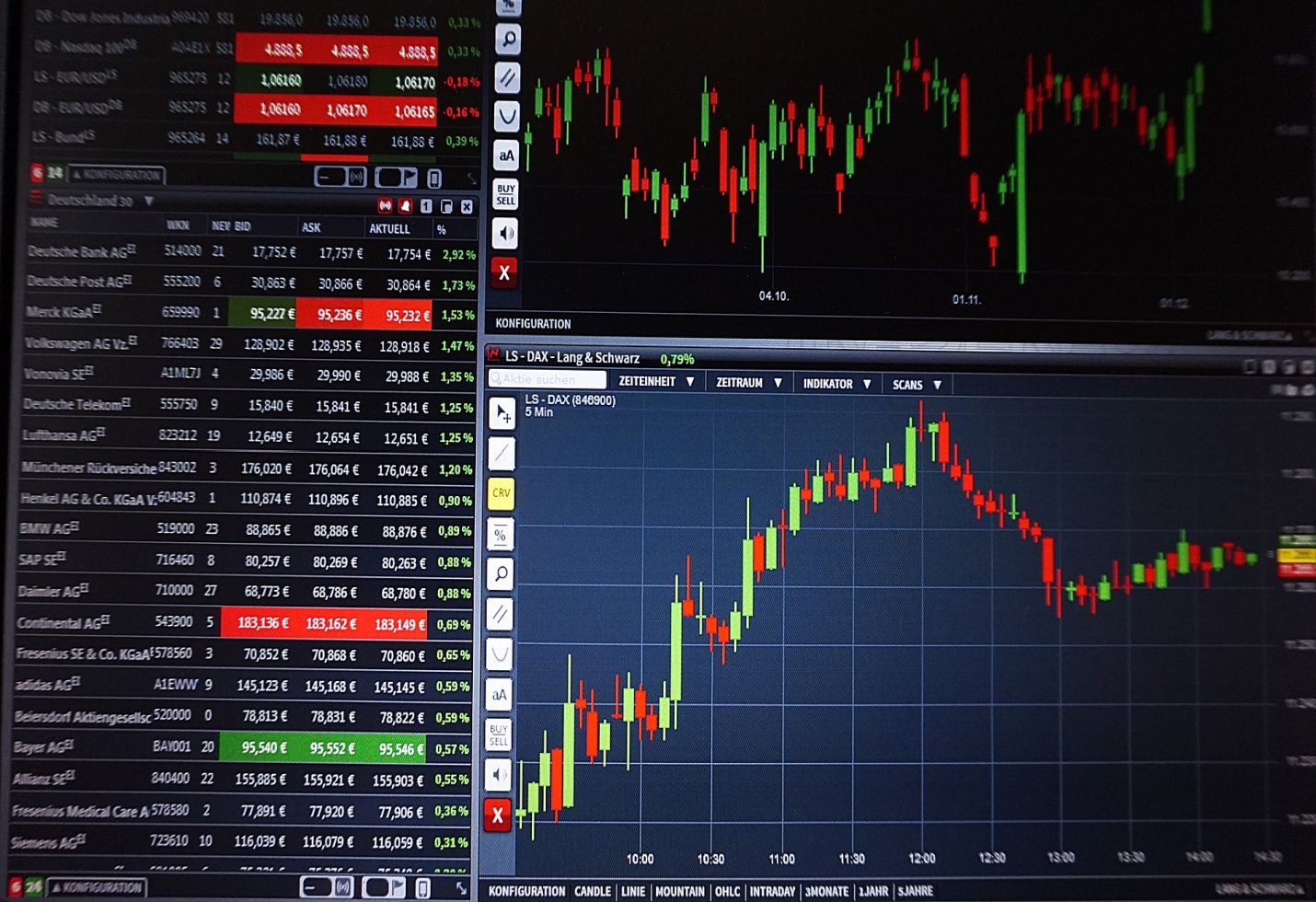Fixed Income Portion of the Portfolio Should Stabilize the Overall Returns.
Mutual funds have gained business over the last few years as a safe form of investment alternative. Mindfulness of the performance and benefits from different equity and hybrid mutual fund schemes witnessed an upsurge over time. As a regulator, SEBI took several measures to simplify the categorization of investments and the AMFI helped to disseminate the idea of mutual funds through an easy to understand advertising campaign. Mutual funds as a legal mechanism can provide debt holders with a tax arbitration, provided that assets kept for three years through mutual funds are eligible as LTCG. Nevertheless, awareness of equity schemes are much more as compared to debt investments due to various uncertainties in the financial market investors obliged to put more attention in fixed income investments.
Taboo of Fixed Deposits:
Equity investment is much more risky than debt instruments and fixed earning investments but it has been observed that people tend to invest in Fixed earning asset class. Most investors are used to investing in fixed bank deposits, in which they are aware of their interest rate or total return on investment.
Volatility in Market:
It is easy to understand. In debt mutual fund investments, investors tend to rely on the yield from the portfolio depending on the past returns, which may not be the correct index for future returns. Although, debt funds invest in securities or bonds that provide mostly fixed coupons or interest payments but securities prices fluctuate to alter the return on investment during the investor’s holding period. The bond price can fluctuate because interest rates or the credit profile of the issuer change in the economy. Bond markets can also often become illiquid, contributing to lower prices for bonds in general. Investors need to be aware that the bond fund will fetch them returns which are close to their Portfolio Rate and which are adjusted to their expenses if things do not change much during their investment horizons. However, the situation completely changes and investors may get higher or lower return than their expectations.
Liquidity concern:
In the past, the world of fixed-income investors has been astounded by a variety of credit events, resulting in large write-downs in the fund values. Though we observed many uncertainties in a financial market over the years, the size of defaults was comparatively low and does not impact much in the investing pattern of the investors and even there was no such significant effect on mutual fund schemes. However, in recent times due to the massive problem of liquidity, investors tends to invest in fixed earning instruments. Investors have expressed a great deal about their disappointment that while the return on portfolio has captured the credit risk of the investment, the return on the portfolio is not at all worthy.
Therefore, when a scheme faced major redemptions, the scheme avoided accepting new subscriptions or redemptions which would lead the customer’s investment being illiquid. Based on this experience, investors are likely to reject credit risk or high yield funds which are unfortunate because any developed market requires a market where liquidity is stable and investors can evaluate and then take part in high yield trades. This dimension needs to be closely examined by the regulator, as failure to fix problems at ground level will lead to a fragmented market with less issuers locking up all liquidity.
Investments with fixed revenue will produce strong returns at least on a periodic basis. If the economy slows and inflation is not at its height, a central banker will try to lower interest rates, increase the money in the system, and encourage banks to loan to the real economy by lowering alternative deployment rates.
In these situation, value bonds have been observed at peak and investors get the capital gains added to their portfolio return. So if equity funds do not perform well, fixed-income funds are a perfect sanctuary for any portfolio. On the contrary, if rates increase instead of decreasing due to a decreased rating or an unregulated fiscal expansion, portfolios with a fixed income may produce returns lower than portfolio produce. Nevertheless, capital is not in danger of being frozen out forever because there is no chance of illiquidity.
Synopsis:
A good investment consultant, with some common sense and some history should be able to recognize the various risks linked with debt fund schemes and properly evaluate the client’s risk profile and identify schemes of better-managed funds and avoid obvious mistakes. Although, a fixed-income portfolio contains many moving parts. A competent adviser is usually able to separate all the advantages and disadvantages. The portfolio’s fixed income portion should add stability to the overall returns and not to results in anxiety and concern.









